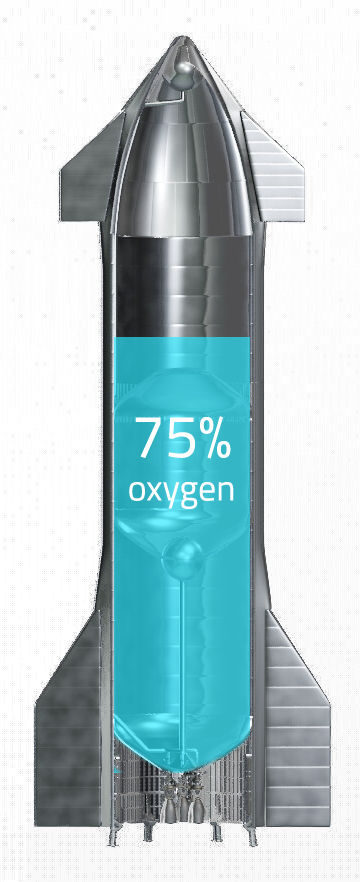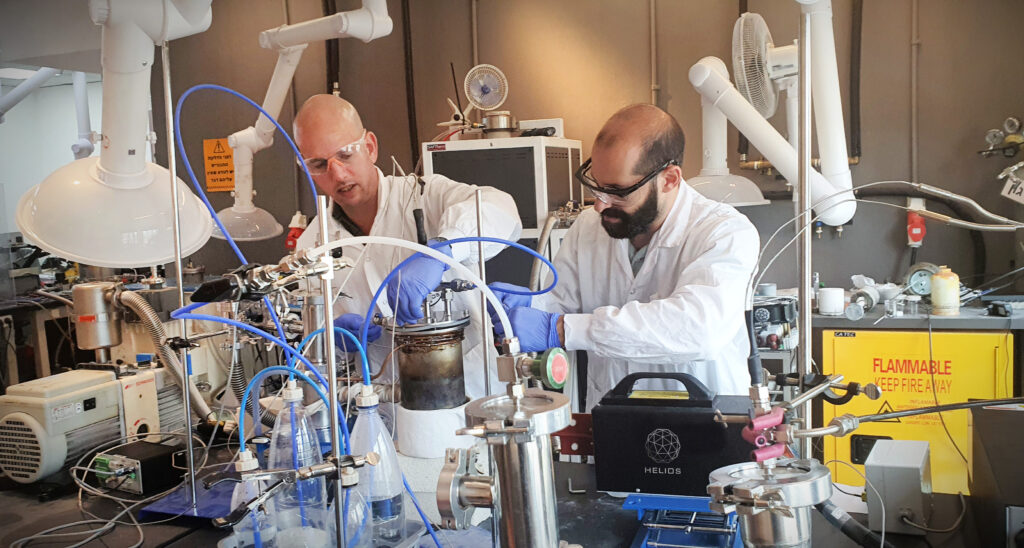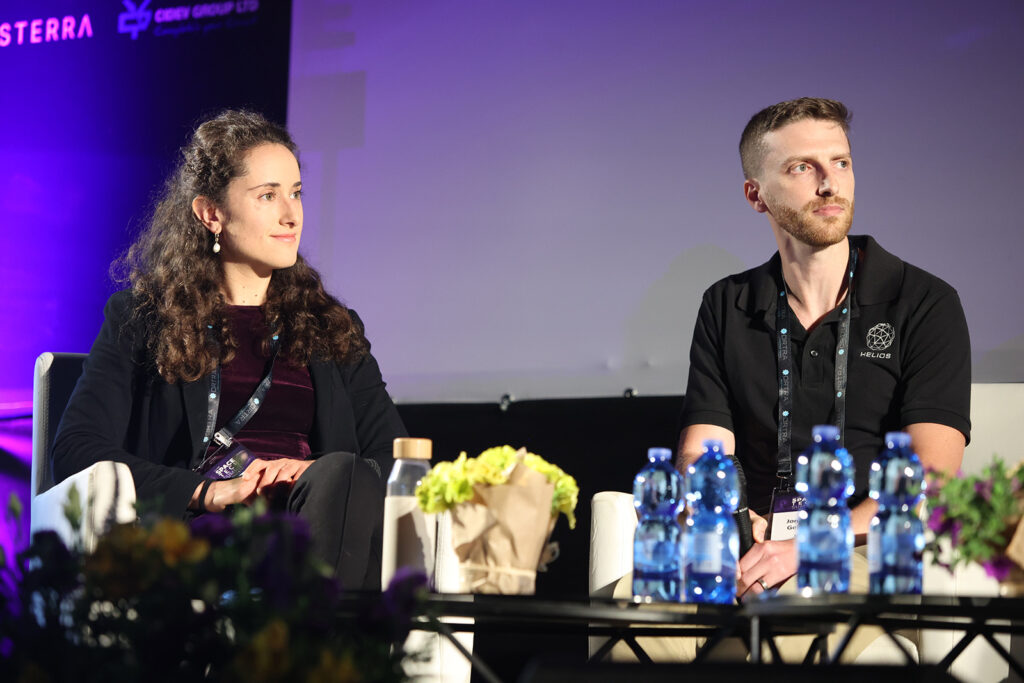One of the greatest challenges humanity continues to face is the increasing threat of climate change. Despite a brief slowdown due to the Covid-19 Pandemic, global emissions reached a level of 37.5 billion metric tons in 2022. One of the leading sources of emissions is manufacturing, with steel manufacturing representing 11% of overall carbon emissions. Already numerous companies are working to solve emissions with a variety of solutions ranging from improvements to manufacturing to Low Earth Orbit-based monitoring solutions. This topic was featured in a panel at the 2023 Space Tech Summit, and one company that presented, Helios, found a new solution. The answer however required looking to the Moon.
When The Solution Involves Turning to Literal Rocket Science
In the realm of launching and constructing rockets, everyone faces a common challenge. Christian Zur, the current Vice President of Policy at the Commercial Space Initiative and former Executive Director of the Space Industry Council at the U.S. Chamber of Commerce, highlighted this specific problem in an op-ed for Scientific American. He explained that as the payload mass of a rocket increases, so does the amount of propellant needed to enable that payload to escape Earth’s gravitational force. While on the surface this seems logical, an issue then arises from the fact that added propellant itself adds mass, thereby requiring yet even more propellant to lift the extra mass. Zur explains this recurring issue is colloquially known as the “tyranny of the rocket equation,” alluding to the famous Tsiolkovsky Rocket equation, which mathematically describes this relationship.

The problem extends beyond just escaping Earth’s gravity; it applies to breaking free from the gravitational pull of any celestial body. This was evident during the Apollo Missions when humans first landed on the Moon. The Lunar Module (LM), the vehicle designed to land two of a mission’s three astronauts on the Moon, and take off again, carried enough propellant on board to allow for both landing and liftoff. The need to carry this propellant created weight constraints that impacted all other aspects of the LM’s design. As NASA plans its return to the Moon, this constraint is reemerging. Jonathan Geifman, Helios CEO, points out significant issues with Starship, SpaceX’s vehicle chosen by NASA as the lunar lander for Artemis Missions. Since Starship’s propellant, methane, requires oxygen to burn, the vehicle must carry the oxygen with it. This oxygen, in liquid form, makes up over 75% of the vehicle’s total mass. Geifman emphasizes that this limitation not only drives up the costs of building the vehicle, as it must be designed to hold this fuel, but it also restricts the amount of payload and supplies that can be included in the mission.
Solving the problem In-Situ
Instead of bringing the oxygen along for the trip, Geifman and the team at Helios are working on an alternative solution: extracting the oxygen from the lunar regolith. Geifman explains that approximately 45% of the mass of lunar soil is made from oxygen, and through a process called Molten Regolith Electrolysis (MRE), they will be able to extract that oxygen, with yields being as high as 40% of the mass of the regolith (e.g. for every 1 ton of regolith used, the maximum yield would be 400kg of oxygen). This oxygen can then be stored for use not only for propellant but use it as breathable oxygen for crewed missions as well. As an added bonus, the MRE process also produces various metals such as iron, aluminum, and titanium, among others. These metals can then be used to help meet the demand for such metals on Earth. Helios has its eye on this long-term new market of deep-space mining and its plans for in-situ oxygen mining are but its first step in planning for this upcoming market.

Bringing it back to Earth
In the process of developing their MRE process, Helios discovered that a similar process can be applied to the steel production process. Currently, the process for the creation of the pure iron needed for steel from iron ore involves heating up iron ore with coal as a reducing agent to between 1200 and 2000 degrees Celsius in a blast furnace. The negative side effect of this process, however, is the emission of carbon dioxide into the atmosphere, negatively impacting the environment and contributing to the worsening climate crisis.

Helios discovered that instead of using coal in the process, sodium can be used instead, with the byproduct being sodium oxide. This sodium oxide can then be converted back into sodium and oxygen respectively. This effectively reduces carbon emissions to zero, as the only byproducts are oxygen and sodium, whereby the sodium can subsequently be recycled back into the steel production process. Additionally, this process can be done at between 400 and 700 degrees Celsius reducing energy usage by 50%. This reduction in energy usage subsequently reduces production costs by at least 20%. Geifman explains that this innovation came about by looking to the Moon. “When you are operating in an environment where you don’t have consumables as you do on Earth, you have to reconsider the process,” he said. They applied this same approach to steel production on earth, looking to find solutions that remove the consumables, like coal, from the equation.
Already, their novel approach is gaining traction. According to Geifman, Helios has hit the ground running on both of its products. They are in advanced talks with several steel manufacturers to trial their process, with the goal of having a prototype in place in a steel factory by 2023. Additionally, they hope to fly a prototype of their oxygen creation method to the moon in 2025. Helios has already seen success, as it was accepted as a member of the World Steel Association, the only small startup to be accepted. Their investors include Anglo-American, Doral Energy, OurCrowd, and others, and are based in Zur Yigal, Israel.

